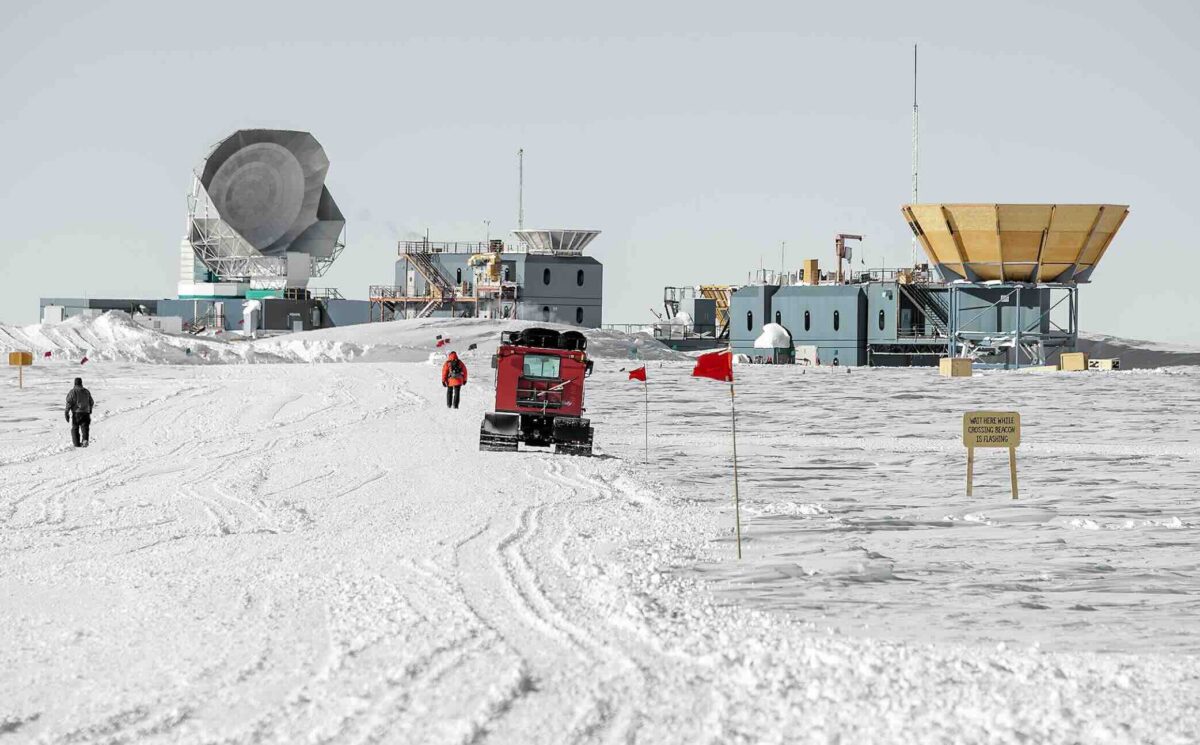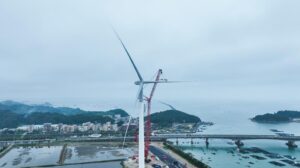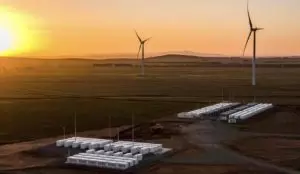American researchers have completed an analysis that demonstrates how renewable energy could almost completely replace diesel at the Amundsen-Scott South Pole Station, resulting in millions of dollars in savings.
The analysis, published in the journal Renewable and Sustainable Energy Reviews, was conducted by scientists at the US Department of Energy’s (DOE) Argonne National Laboratory and National Renewable Energy Laboratory (NREL), some of whom have worked at the South Pole and wanted to understand if renewables could replace the use of diesel.
“All of the energy at the South Pole currently is generated by diesel fuel and a generator,” said Amy Bender, a physicist in Argonne’s High Energy Physics division, a corresponding author on the paper, and a scientist who has spent time working at the South Pole.
“We were asking if it is possible to transition to renewables. This study is the beginning of trying to make that case.”
Even replacing diesel generation during the austral summer, which extends from November to February, would be significant enough, said Ralph Muehleisen, chief building scientist and group manager for Buildings & Industrial Technologies at Argonne.
“Just having diesel as a backup during the summer, you could reduce the carbon footprint,” says Muehleisen.
“Even if we aren’t eliminating the use of diesel completely, being able to avoid having to buy that diesel fuel for the summer cuts back on its use significantly.”
The research station is located at more than 2,800m altitude and houses up to 150 people in summer and 50 people in winter, and is considered something of an engineering feat in itself.
The resulting techno-economic analysis on renewable energy requirements is based around a tailored model for the use of solar PV, wind, lithium-ion energy storage, and long-duration energy storage in various configurations with and without existing diesel energy generation.
“The types of batteries that you need for power with renewable energy don’t just have to last for years, they have to provide energy for a very long period of time,” said Sue Babinec, the program lead for stationary storage at Argonne.
“We did a detailed analysis of what type of battery works best depending on whether you’re using either solar or wind or both for power.”
The completed analysis brought together a substantial amount of data to determine the best combination of technologies, and found that “the least-cost system includes all three energy generation sources and lithium-ion energy storage.”
“For an example steady-state load of 170 kW, this hybrid system includes 180 kW-DC of photovoltaic panels, 570 kW of wind turbines, and a 3.4 MWh lithium-ion battery energy storage system,” wrote the authors.

Importantly, while this system is not only able to provide the necessary power requirements for one of the world’s most important scientific research stations and its “nontrivial power needs”, it would also be able to save millions of dollars in the process.
After an initial investment of $US9.7 million, the hybrid power system described above would save approximately $US57 million over 15 years, with a payback time of only two years, and a reduction in diesel consumption of 95% compared to existing all-diesel configurations.
“All the scenarios modelled show that the transition to renewables is highly cost effective under the unique economics and constraints of this extremely remote site,” concluded the authors.
In addition to the cost benefits, the hybrid renewable energy system described above would also result in avoiding 1,200 metric tonnes of carbon dioxide. And, according to Nate Blair, a group manager in the Integrated Applications Center at NREL, such a system could also provide greater reliability and resilience than a single-technology system.
“When I got into renewables, no one talked about deploying solar in Alaska or in Canada because it was very expensive and it’s not very sunny up there,” said Blair.
“A renewable component, paired with existing diesel generators, provides greater reliability and resilience. If one piece breaks, the other components in the system can help get you through until that can get repaired. We see continuing cost declines for solar and wind and batteries into the future.”










